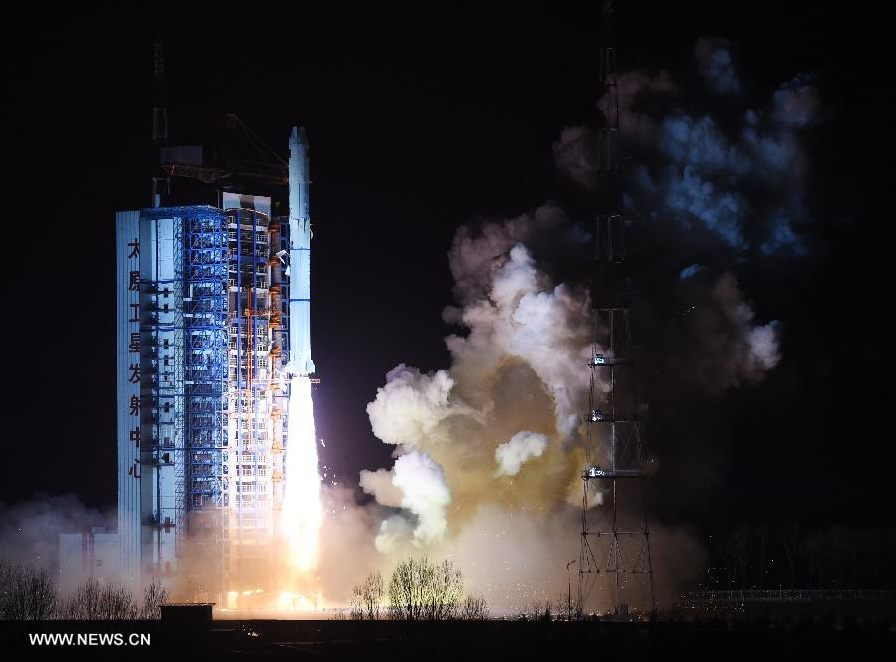 |
| satellite in the YG-6/13/18 series, a second generation SAR |
"China launched a Long March rocket last week with a satellite Western
analysts believe will conduct all-weather global radar surveillance for
the Chinese military.
"The Long March 2C rocket lifted off at 1853 GMT (1:53 p.m. EST)
Friday from the Taiyuan launch base in northern China's Shanxi
province. Launch occurred at 2:53 a.m. Beijing time Saturday, according
to the official Xinhua news agency.
"The Yaogan 23 spacecraft carried on top of the two-stage Long
March 2C booster is flying more than 300 miles [483 km] above Earth in
an orbit over the poles tilted 97.3 degrees to the equator, according to
tracking data acquired by the U.S. Air Force's Space Surveillance
Network.
 |
| The Long March 2C rocket lifts off at 2:53 a.m. Beijing time Saturday (1853 GMT Friday) from the Taiyuan launch center. Credit: Xinhua |
Long March 2C conducts surprise Yaogan-23 launch | NASASpaceFlight.com
As usual Chinese media is referring to the new satellite as ‘a newRadar Satellite - China and Imagery Intelligence
remote sensing bird that will be used for scientific experiments, land
survey, crop yield assessment, and disaster monitoring.’ As was the case in the last launches of the Yaogan Weixing series,
western analysts believe this class of satellites is used for military
purposes. This
latest launch is believed to be of a satellite in the YG-6/13/18 series, a second generation [Synthetic Aperture Radar] SAR observation satellite operation on a
typical 510×513 km x 97.3 degree orbit. The satellites are built by Shanghai Academy of Spaceflight Technology (SAST).
Synthetic aperture radar (SAR) imagery is a cost-effective
technology. A radar satellite is capable of detecting objects on the
ground even at night and through cloud cover. Yaogan 1, launched in
April 2006, was China’s first SAR-equipped satellite. Since that time, a
number of additional SAR satellites in the Yaogan series have been
launched. The satellites’ radar reportedly operates in the L-band (1–2
GHz) and has resolution as low as 5 m. Yaogan 1 apparently broke up in
February 2010, but Yaogan 3, 6, and 10 remained operational (“Yaogan
Series,” 2010; “UCS Satellite Database”).
No comments:
Post a Comment